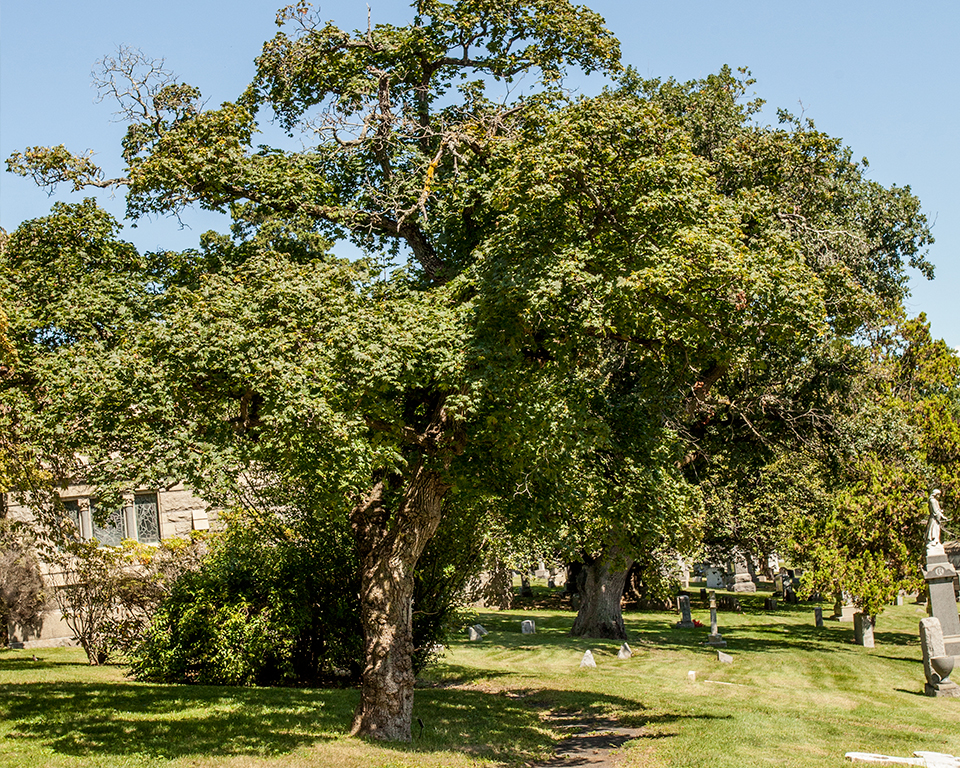ACER PLATANOIDES ‘CUT LEAF’ – MAPLE, NORWAY ‘CUT LEAF’

The tree is easily transplanted, grows quickly, is adapted to a wide variety of soils (including alkaline) and has brilliant yellow fall color unmatched by most trees. It can also tolerate coastal conditions. Well adapted to street tree plantings, it is often overused. Norway Maple’s dense shade and shallow root system competes with lawn grasses, and the shallow roots can make mowing under the tree difficult. Be certain to locate the tree 4 to 6 feet away from walks and patios to prevent damage to the hard surfaces.
Trunks occasionally crack on the southern side during the winter initiating some trunk decay. This may be due to the trunk receiving an injury several years back. Branches sometimes fail from too much weight toward the end of the branch. The dense canopy causes this situation and it can be aggravated by pruning inappropriately. Minimize this by thinning these branches on a regular basis and removing some of the main branches when the tree is young to allow those that remain to develop secondary branches closer to the trunk. When you thin the plant, be sure to remove some secondary branches toward the ends of the main branches leaving interior secondary branches intact.
Seeds of the species germinate readily in the landscape and could become a nuisance. The species has formed thickets in native woodlands in parts of the US choking out native vegetation. Pollen can cause some allergy problems for some people.
Foliage emerges reddish in spring but changes to green in late spring.

